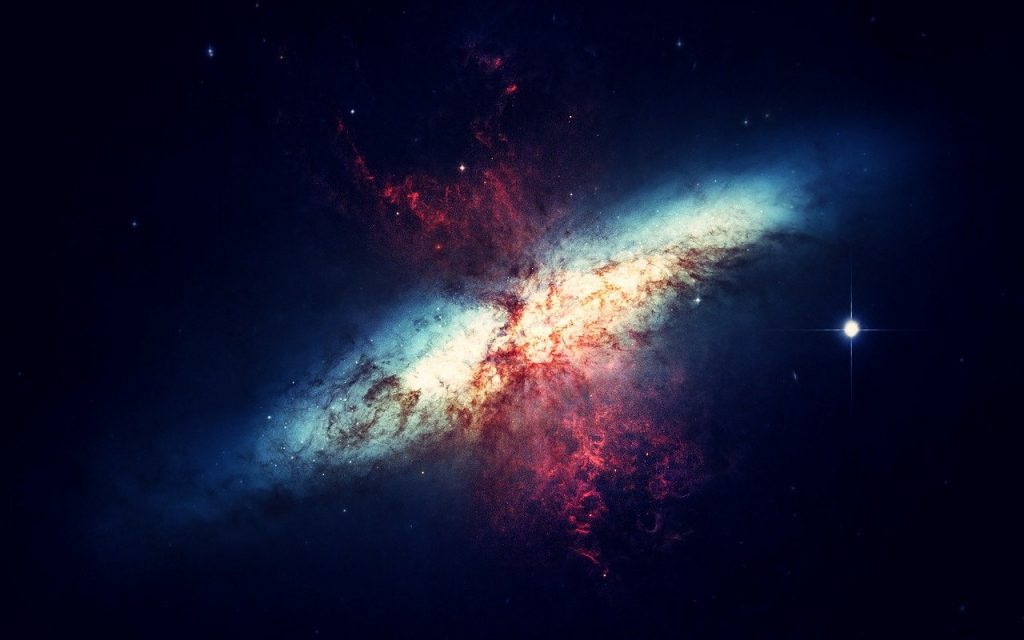A secretive shine coming from the focal point of the Milky Way may be brought about by destroying dull matter — slippery matter that transmits no light.
As indicated by a new exploration, hefty dim matter particles might be ruinously crashing at the focal point of the system, making rudimentary particles, just as gamma beams — the unexplained light seen exuding from the galactic focus.

The wellspring of this unexplained light, called the galactic focus abundance (GCE), has been bantered by researchers since the time it was found in 2009. While breaking down information from NASA’s Fermi Gamma-beam Space Telescope, researchers saw a weak sparkle of gamma beams that couldn’t be clarified by known sources. In the years since, researchers have proposed a scope of sources, from dull make a difference to more ordinary sources, for example, incredibly quick turning stars called millisecond pulsars.
Presently, another gander at longer than 10 years of information from the Fermi telescope, joined with information from an examination on the International Space Station and perceptions of close by bantam cosmic systems, proposes that hefty dull matter particles at the focal point of the world may clarify the sparkle.
“I think the most intriguing finding is that dull matter can clarify the galactic focus overabundance,” while additionally coordinating with perceptions from close by universes, said study lead creator Mattia di Mauro, a scientist of the Turin division of the National Institute for Nuclear Physics in Italy. “This outcome has never been found with a model where everything, dim matter thickness and molecule physical science model, is taken reliably.”
In the new examination, di Mauro painstakingly contemplated the overabundance gamma beam light to plan its position, shape and energy levels. The outcomes, distributed on March 22 in the diary Physical Review D, discovered the shine to be genuinely round and evenly focused in the Milky Way.
In a subsequent report, presented on the preprint data set arXiv, di Mauro and teammate Martin Wolfgang Winkler, a specialist at Stockholm University and The Oskar Klein Center for Cosmoparticle Physics in Sweden, explored what the gamma beam shine could uncover about these dim matter particles. By searching for comparable gamma beam sparkles from overshadow spheroidal worlds and perceptions from an analysis on board the International Space Station of abundance positrons, or the decidedly charged antimatter accomplices of electrons, coming from those universes, the analysts had the option to compel the mass and cross-part of the dull matter competitors.
The outcomes recommend that the dim matter particles have a mass of around 60 gigaelectron volts — approximately multiple times that of a proton. At the point when these dull matter particles impact, they obliterate into muons and antimuons, or electrons and positrons. In the event that this theory is right, dim matter particles like these could be made and distinguished here on Earth with existing investigations, like the Large Hadron Collider, and will help researchers thin their inquiry.
 Login as
Login as






